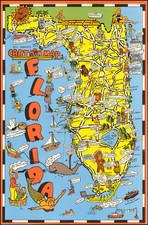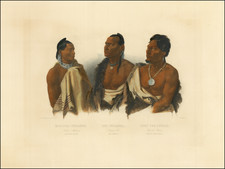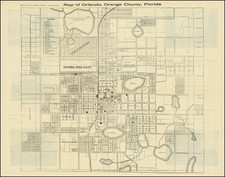This elaborate engraving, produced by Theodor de Bry in Frankfurt, 1591, offers a detailed visual representation of the Timucuan people's ritual practices as perceived by European explorers. As Plate 35 from the Brevis narratio, the engraving provides an account of the Timucuan annual rite where the skin of a significant deer is dedicated to the Sun.
During the late 16th century, European explorers documented their encounters with various indigenous communities in the Americas. The Timucuan, inhabitants of present-day northeastern Florida and southeastern Georgia, had distinct cultural ceremonies. This engraving illustrates one such ceremony where the Timucuans prepared the deer's skin, filled it with native herbs, and displayed it on a tall tree, oriented toward the east. Accompanied by flutes and chants, the participants offered prayers to the Sun, asking for the renewal of their offerings within their land. The king and his mage played central roles in leading the ceremony, while the assembled participants echoed their sentiments. The ritual concluded with gestures of respect to the Sun, leaving the skin in place until the subsequent year's ceremony.
De Bry's representation serves as a window into the Timucuan culture and the interactions between European explorers and the indigenous people they encountered.
De Bry's Engravings of the Florida Indians
For his Grands Voyages, De Bry engraved 42 plates based Le Moyne's original sketches made during the French Huguenot voyage to the Florida Peninsula. De Bry's renderings of Florida and its inhabitants are today the earliest known printed European images of Native Americans in present-day Florida, known as the Timucua Indians.
The images attempt to convey a number of messages about the land and its peoples. For example, some of the plates have been suggested to represent the ability of the Timucua to obey authority and that they are less sophisticated than the Europeans. This was argued to make them ideal candidates for French Huegonot colonization, to be used in conflicts against Catholic Spain.
The accuracy of De Bry's depictions have sometimes been called into question. Some of the engravings do not quite match what became known about the Timucua by later French explorers, and some engravings possess out-of-place features, such as the appearance of a Pacific nautilus rather than a Florida whelk shell. However, it is believed that the core of the imagery is correct. For example, the depiction of Timucuan body art, otherwise unknown to Europeans at the time, suggest that De Bry's depictions were grounded in reality.
Theodor de Bry (1528-1598) was a prominent Flemish engraver and publisher best known for his engravings of the New World. Born in Liege, de Bry hailed from the portion of Flanders then controlled by Spain. The de Brys were a family of jewelers and engravers, and young Theodor was trained in those artisanal trades.
As a Lutheran, however, his life and livelihood were threatened when the Spanish Inquisition cracked down on non-Catholics. De Bry was banished and his goods seized in 1570. He fled to Strasbourg, where he studied under the Huguenot engraver Etienne Delaune. He also traveled to Antwerp, London, and Frankfurt, where he settled with his family.
In 1590, de Bry began to publish his Les Grands Voyages, which would eventually stretch to thirty volumes released by de Bry and his two sons. The volumes contained not only important engraved images of the New World, the first many had seen of the geographic novelties, but also several important maps. He also published a collection focused on India Orientalis. Les Grands Voyages was published in German, Latin, French, and English, extending de Bry’s fame and his view of the New World.











![[ Pictish Warrior Woman ] Feminae Pictae icon V](https://storage.googleapis.com/raremaps/img/small/99648.jpg)

![(Mexican-Aztec Painting) [Watercolor of four Aztec deities from the Codex Telleriano Remensis and Codex Vaticanus]](https://storage.googleapis.com/raremaps/img/small/103011.jpg)
